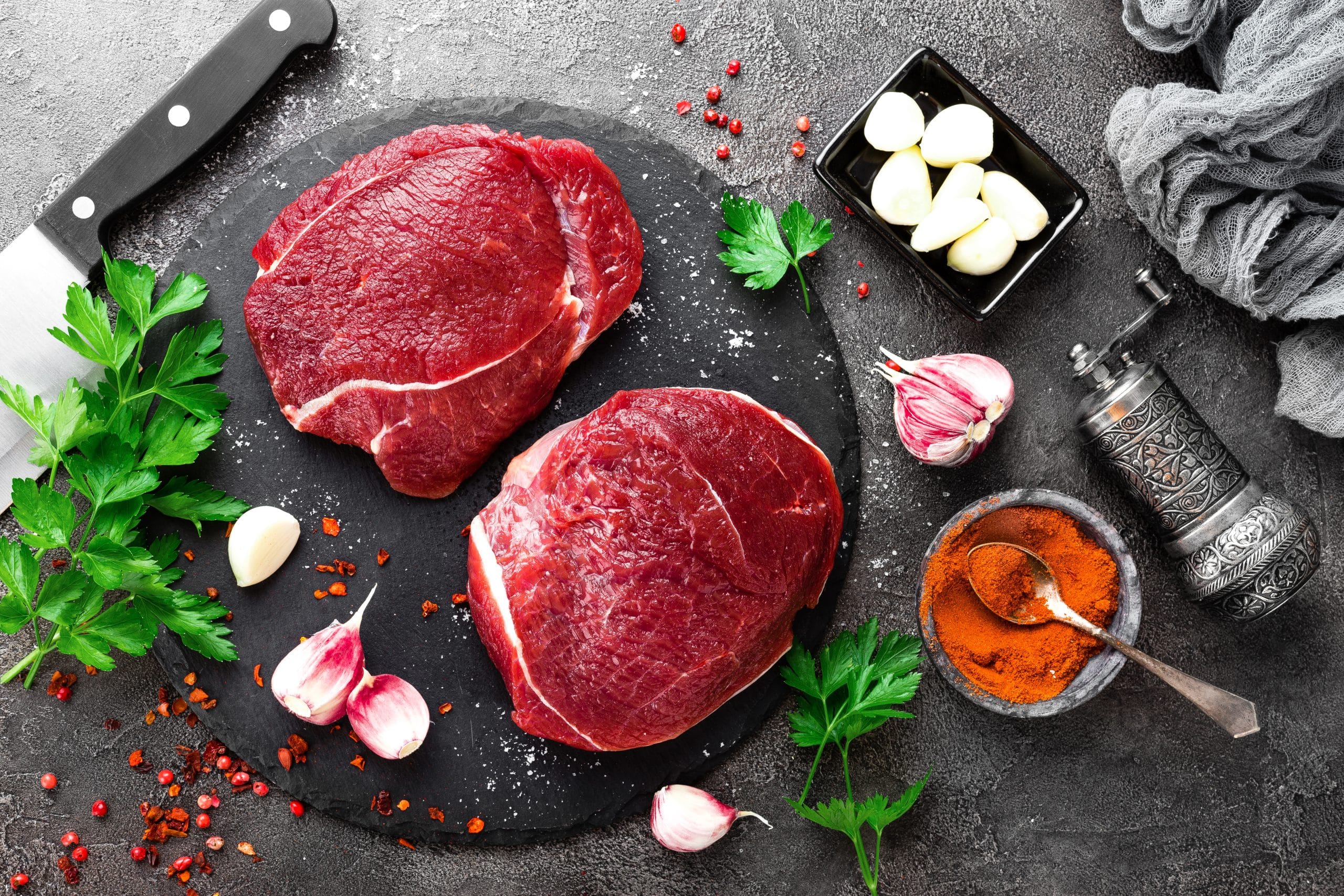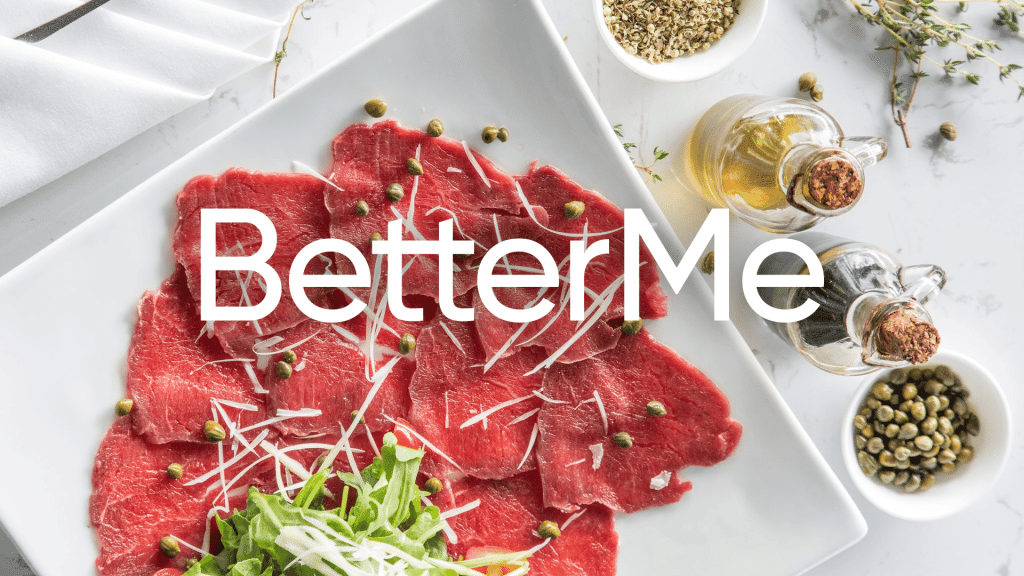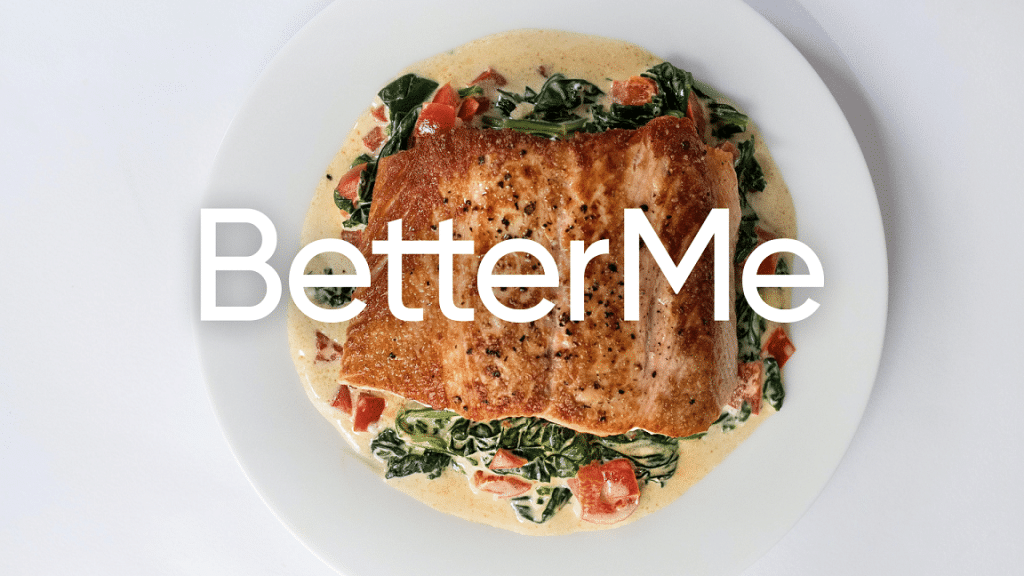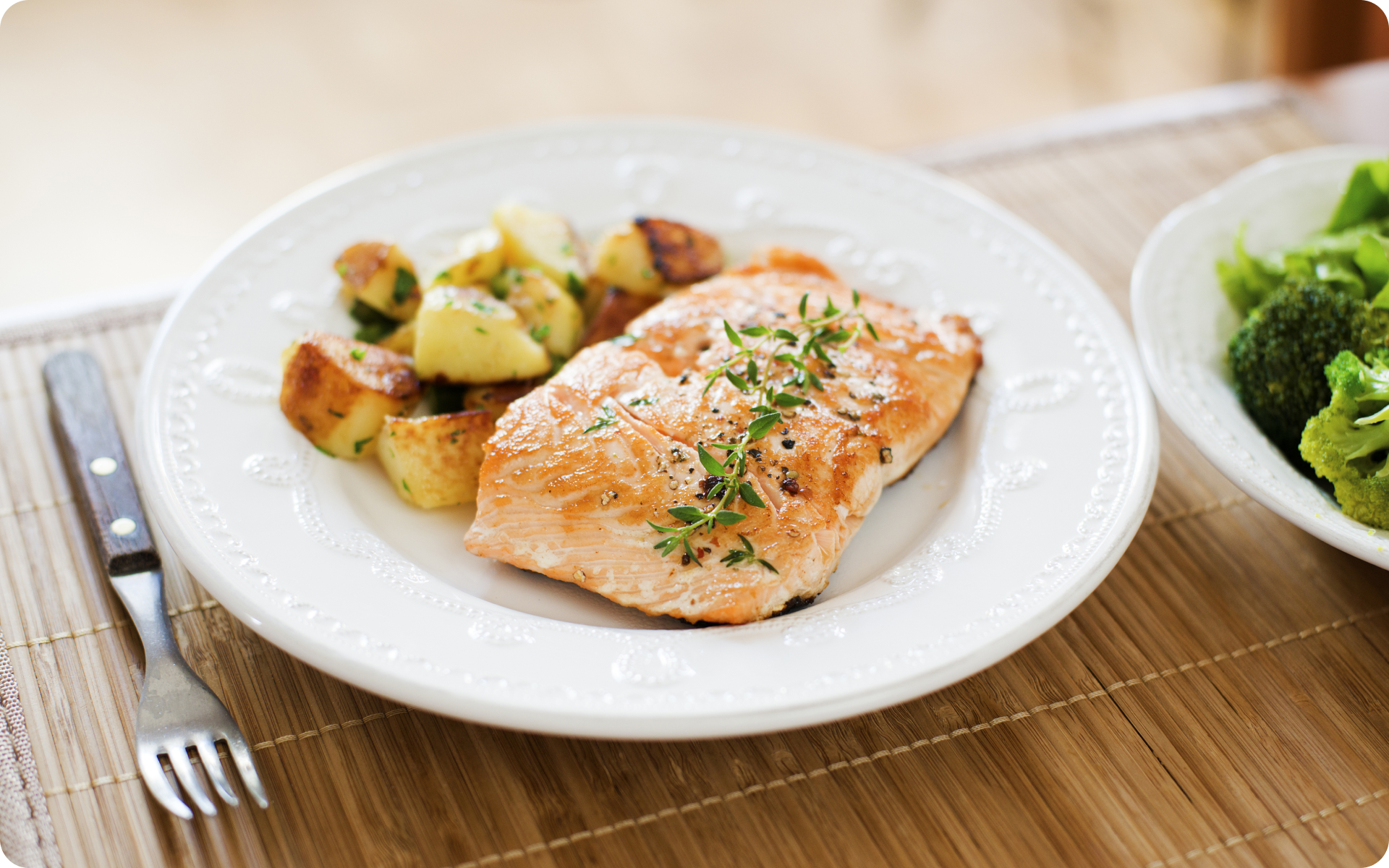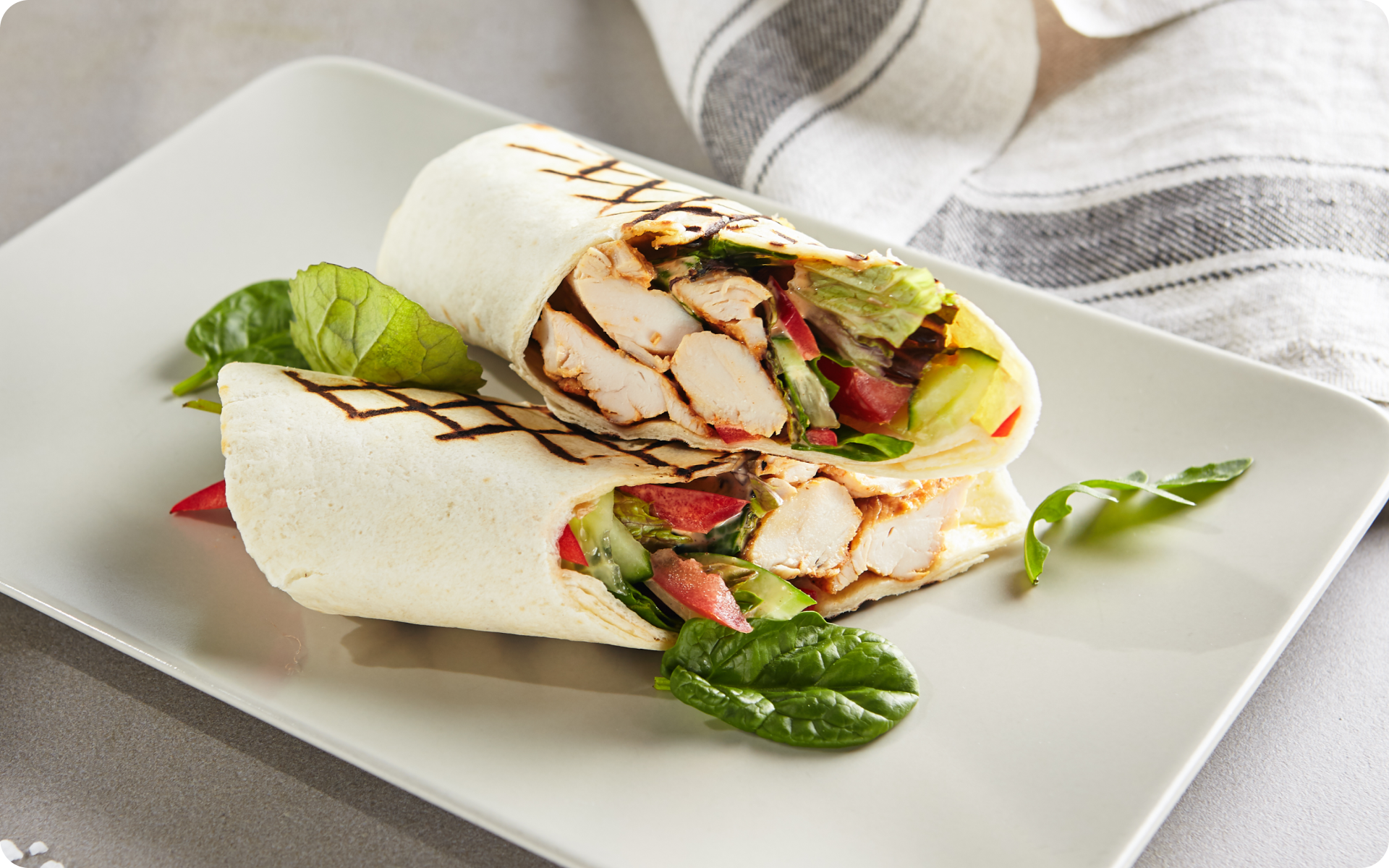There’s a plethora of diets out there to choose from these days. One that’s been gaining popularity in recent years is the carnivore diet, which as the name suggests, involves eating primarily (or exclusively) meat and other animal products.
Get your personalized
meal plan!
That’s not all—this diet aims for zero carbs. So, no fruits, vegetables, grains, dairy, or anything else that contains carbohydrates.
Now, you might be thinking that this diet sounds a bit extreme. And you wouldn’t be wrong. After all, eliminating entire food groups can have some serious consequences to your health.
But proponents of the carnivore diet claim that it is the healthiest way to eat because it’s how our ancestors ate before the Agricultural Revolution. They argue that we’re designed to eat meat and that carbohydrates are actually harmful to our health.
Others simply find that they feel their best when they eat a carnivore diet. They may have more energy, clearer skin, and improved mental clarity.
Of course there are also those who adopt this way of eating for weight loss or performance enhancement. And while there are some potential benefits to the carnivore diet, there are also some risks that you should be aware of before you jump on the meat-wagon.
Here’s what you need to know about the carnivore diet—the pros, the cons, and whether or not it may be right for you.
Carnivore diet Meal plan
The diet is simple – eat only meat and drink only water. That’s it. No fruits, vegetables, grains, dairy, or anything else. Below is a carnivore diet food list detailing what to eat and what to avoid:
Foods To Eat On The Carnivore Diet:
- Beef, pork, lamb, chicken, turkey, organ meats, etc.
- Fish: Salmon, herring, mackerel, sardines, tuna, tilapia, etc.
- Other animal products: Eggs, bone broth, lard, tallow, etc.
- Water: Drink plenty of water throughout the day.
Foods To Avoid On The Carnivore Diet:
- Fruits: Apples, oranges, bananas, berries, etc.
- Vegetables: Potatoes, carrots, peas, kale, etc.
- Grains: Wheat, barley, rye, oats, etc.
- Dairy: Milk, cheese, butter, etc.
- Legumes: Beans, lentils, peanuts, etc.
- Sweeteners: Sugar, honey, agave, etc.
- Alcohol: Beer, wine, liquor, etc.
- Coffee, tea, and other caffeinated beverages.
Read More: Primal Diet Meal Plan: A Beginner’s Guide
Sample Carnivore Diet Menu Plan
Day 1:
- Breakfast: Eggs and bacon
- Lunch: Grilled chicken breast
- Dinner: Beef steak
- Snack: pork jerky
Day 2:
- Breakfast: Breakfast sausage and scrambled eggs
- Lunch: Seafood platter with grilled salmon, shrimp, and lobster
- Dinner: Cheeseburger (no bun)
- Snack: Sliced deli meat
Day 3:
- Breakfast: Ham and eggs
- Lunch: Tuna salad
- Dinner: Grilled steak and vegetables
- Snack: String cheese
Day 4:
- Breakfast: Bacon and eggs
- Lunch: Chicken salad
- Dinner: Pork chops
- Snack: Beef jerky
Day 5:
- Breakfast: Sausage and eggs
- Lunch: Grilled chicken breast
- Dinner: Hamburger (no bun)
- Snack: Hard-boiled eggs
Day 6:
- Breakfast: Omelet with bacon, sausage, and cheese
- Lunch: Tuna salad
- Dinner: Grilled steak
- Snack: Pork rinds
Day 7:
- Breakfast: Eggs and bacon
- Lunch: Chicken salad
- Dinner: Roast beef
- Snack: Sliced deli meat
Get your personalized
meal plan!
BetterMe app will kick you out of the mental funk, shake off your extra weight, rid you off your energy-zapping habits, and help you sculpt the body of your dreams. Intrigued? Hurry up and change your life for the better!
Benefits Of The Carnivore Diet
The carnivore diet has been gaining popularity in recent years as more and more people are looking for ways to improve their health. There are a number of potential benefits associated with this type of diet, including:
1. Weight Loss
Many people who switch to a carnivore diet find that they lose weight quickly and easily. This is likely due to the fact that meat is a very lean source of protein, and it is also very filling (2).
2. Increased Energy
Another common benefit of the carnivore diet is increased energy levels (3). This is likely due to the fact that meat is a rich source of nutrients, including iron and B vitamins.
3. Reduced Inflammation
The carnivore diet can also help to reduce inflammation in the body. This is due to the fact that meat is a rich source of omega-3 fatty acids, which have anti-inflammatory properties.
Eliminating carbs may also help to reduce inflammation, as they are known to cause inflammation in the body (1).
Downsides Of The Carnivore Diet
Of course, there are also some potential downsides to the carnivore diet that you should be aware of. These include:
1. Difficulty Getting Enough Nutrients
One of the biggest problems with the carnivore diet is that it can be difficult to get enough of certain nutrients, including vitamins A, C, and E, as well as fiber (4).
2. Higher Cholesterol Levels
Eating a lot of meat can also lead to higher cholesterol levels. This is because meat is high in saturated fat, which can increase cholesterol levels (4).
3. Increased Risk Of Disease
Following a carnivore diet may also increase your risk of certain diseases, such as heart disease, cancer, and stroke. This is likely due to the fact that meat is a high-fat food and it can also contain harmful chemicals, such as hormones and antibiotics (4).
4. Risk Of Constipation
Another potential downside of the diet is that it can lead to constipation. This is because meat is low in fiber, which is necessary for healthy bowel movements.
5. May Not Be Suitable For Everyone
The carnivore diet may not be suitable for everyone. If you have certain health conditions, such as diabetes or high blood pressure, you should speak to your doctor before starting this type of diet (4).
People with kidney disease may also want to avoid the carnivore diet, as eating a lot of meat can put extra strain on the kidneys.
Pregnant women and children should also avoid this type of diet, as they need certain nutrients that can only be found in fruits, vegetables, and other plant-based foods. People with eating disorders should also avoid the carnivore diet, as it can exacerbate existing disorders.
Read More: CICO Diet: How It Works, Its Benefits, Risks, And Meal Plan Ideas
6. Overly Restrictive
Another potential downside of the carnivore diet is that it can be overly restrictive. This means that you may miss out on important nutrients and may have a hard time sticking to the diet long-term.
7. Intense Carb Cravings
If you are used to eating a lot of carbohydrates, you may experience intense carb cravings when you first start the carnivore diet. This is because your body is adjusting to a new way of eating and may crave the foods you are no longer consuming.
8. Monotony
Another potential downside of the carnivore diet is that it can become monotonous. This is because you may be eating the same foods over and over again.
9. Social Isolation
The carnivore diet can also lead to social isolation, as it will be harder for you to eat out at restaurants or with friends and family.
This is because most restaurants do not have many options for people following this type of diet. Hidden carbohydrates, such as in sauces and dressings, can also be a problem.
Lean and toned up body isn’t just a far-fetched fantasy. Check out the BetterMe app and watch it propel your weight loss journey into high gear!
Is The Carnivore Diet Safe?
The diet is a very restrictive way of eating that eliminates entire food groups. While there are some potential benefits associated with this type of diet, there are also some risks that you should be aware of.
If you’re considering following a carnivore diet, make sure to speak with your healthcare provider first. They can help you determine if this type of diet is right for you and they can also offer guidance on how to do it safely.
DISCLAIMER:
This article is intended for general informational purposes only and does not serve to address individual circumstances. It is not a substitute for professional advice or help and should not be relied on for making any kind of decision-making. Any action taken as a direct or indirect result of the information in this article is entirely at your own risk and is your sole responsibility.
BetterMe, its content staff, and its medical advisors accept no responsibility for inaccuracies, errors, misstatements, inconsistencies, or omissions and specifically disclaim any liability, loss or risk, personal, professional or otherwise, which may be incurred as a consequence, directly or indirectly, of the use and/or application of any content.
You should always seek the advice of your physician or other qualified health provider with any questions you may have regarding a medical condition or your specific situation. Never disregard professional medical advice or delay seeking it because of BetterMe content. If you suspect or think you may have a medical emergency, call your doctor.
SOURCES:
- Changes in Lipids and Inflammatory Markers after Consuming Diets High in Red Meat or Dairy for Four Weeks (2017, nih.gov)
- Effects of low carbohydrate diets high in red meats or poultry, fish and shellfish on plasma lipids and weight loss (2007, nih.gov)
- Meat, Meat Products and Seafood as Sources of Energy and Nutrients in the Average Polish Diet (2018, nih.gov)
- The Carnivore Diet: Can You Have Too Much Meat? (2021, clevelandclinic.org)
